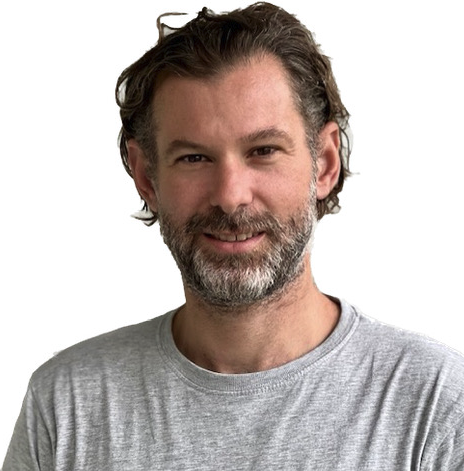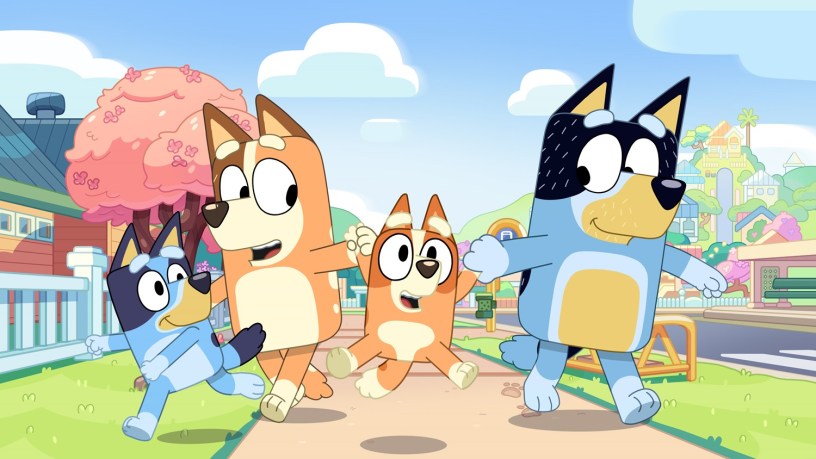Existential threats to the screenwriting profession have been making headlines lately, with the ongoing Writers Guild of America strike prompting fierce debate around working conditions, residuals and the encroachment of AI, but Australian writers working in children’s television have been facing our own less noisy, but equally momentous, disruption since the scrapping of quotas in October 2020.
The new framework, brought in by the previous Coalition federal government, preserved the requirement to provide 55 per cent overall Australian content on all primary networks, but sub-quotas on drama, documentary and children’s programming were removed and replaced with a points-based system, effectively releasing commercial networks from any obligation to produce children’s content at all.
So, how has children’s telly fared since the changes were made?
Well, a recent Australian Communications and Media Authority (ACMA) report says that total Australian children’s content broadcast in 2022 on free-to-air channels was just 95 hours… a drop of 500 hours from 2019 figures.

In response to the ACMA report, Free TV CEO Bridget Fair hailed the success of the free-to-air broadcasters, saying “commercial television has again shot the lights out in delivering Australian content to Australian audiences”.
As a writer who has worked in children’s television for 15 years, the picture is somewhat less triumphant.
I’ve been hearing from colleagues, writers with enormous talent and experience, who tell a starkly different story. Many say the 2020 legislative change dealt a devastating blow to our segment of the screen industry, halting many well-developed projects in their tracks the moment the new framework was brought in, wiping out not just writers’ jobs, but also hundreds of potential production jobs.
In the intervening years, and despite promises from the current Labor government that a new cultural policy will offer a remedy, no firm action has been taken and the damage continues to reverberate across our profession.
One writer colleague, who has worked extensively across both children’s TV and adult drama told me, “it’s been heartbreaking seeing numerous colleagues have to slowly back out of the industry… people who have been doing this work for years, decades. That loss of experience and knowledge cannot be overstated.”
They shot the lights out, and now we’re in the dark…
Much has been written about kids TV’s role in validating, educating, and uplifting Australian kids, and contributing to an ongoing conversation about who we are as a nation. What’s often overlooked is the enormous personal investment it takes for any writer to get to a level where they can consistently produce work that can fulfill that essential cultural role.
Experienced screenwriters will invariably advise newcomers that quantity outweighs quality when beginning your screenwriting journey. The only way to learn and improve your craft is to write. Write a lot. If we are producing 500 hours less content per year (an outcome free-to-air broadcasters lobbied hard for, and achieved), how can writers, emerging or experienced, hope to contribute to those cultural conversations and continue the outsize economic and artistic success that Aussie children’s TV has achieved both locally and globally?
Another colleague points to this flashpoint issue, saying: “We’re producing less shows, and those that are picked up have less episodes. We’ve lost the training ground, and at the same time the broadcasters have abandoned a huge chunk of their future audience.”
We rightly celebrate the huge success stories in our industry. Bluey is one of the most successful cultural exports Australia has ever produced. But this good news story is drowning out other narratives. Australian kids TV has historically punched well above its weight, with Australian kids writers and producers creating some of our most internationally successful TV exports of the past decade.
But many of the writers behind those programs now struggle to sustain careers in that field: “I don’t see a sustainable career for myself in children’s television over the long term. I hate saying that because I love what I do, and I’m in demand for my work, but there’s simply not enough of it anymore in this country to make a living wage,” said one.
As reforms to the quota framework were being debated in 2019-20, executives from Seven, Nine and 10 argued that Australian children were not seeking out content on their services, and that the ABC provided an adequate platform for young Australian audiences. Part of the new framework introduced by the Morrison Government was an additional $20 million dollars in funding to the Australian Children’s Television Foundation (ACTF), a government-funded body that assists in the development and production of Australian children’s content.
Last week’s ACMA report demonstrates that the ABC and the ACTF, while continuing to fund a wonderful and diverse slate of children’s programs, have not filled the gap left by the departure of the free-to-air broadcasters, and nor have the global streaming services whose entry into our market precipitated these seismic changes, with free-to-air broadcasters arguing that Netflix and other global companies were getting a free ride in our market by not being subject to local content quotas.
Writers working in children’s television are sadly familiar with their work being undervalued, and have long fought for many of the things writers in Hollywood are now loudly demanding: fair pay, residuals (‘What’s a residual?’ I hear my colleagues ask with bemused looks), conditions conducive to developing quality work and sustaining long-lasting careers but, at least for now, all those issues must wait while we fight to survive long enough to bring the next Bluey into the world.
Cleon Prineas is an Emmy award-winning screenwriter with 15 years experience in children’s television.


